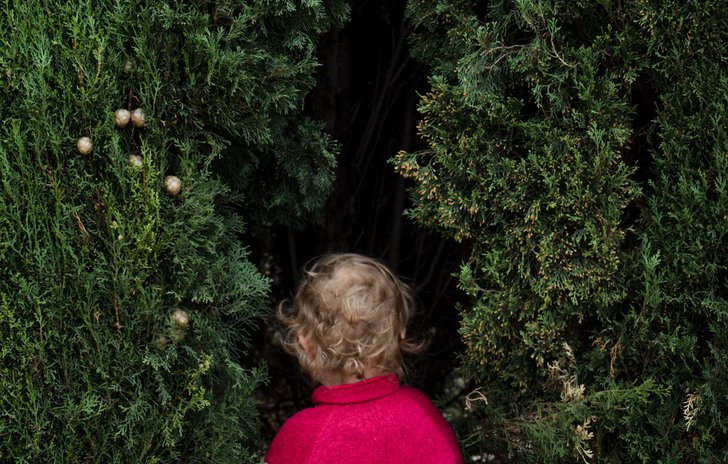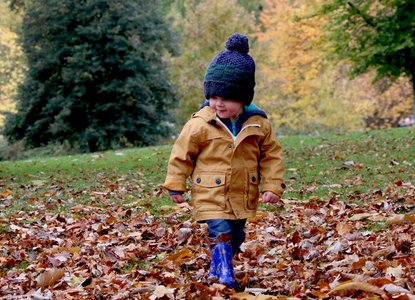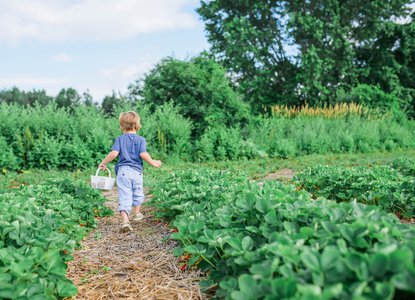How to use this guide to create a treasure hunt
Andy Seed, the author of The Anti-Boredom Book of Brilliant Outdoor Things To Do, has created a guide to help you have the world’s best treasure hunt. It’s a handy eight-step guide so you can take your child on an outdoor adventure, no matter where you live. You can do it in your garden, in the local park, or out in the wild woods! You can put some clues indoors as well.
Andy says: “Treasure hunts are loads of fun and there are lots of ways to do them. Here’s a simple one to try with a group!”
You can ask your child to set the treasure hunt by printing off the instructions for them, or you can do it yourself and let them do the hunting! It’s a great way to get them to play outdoors, pay attention to the world around them and use their problem-solving skills.
You can also download the treasure hunt.
Stuff you need
- Some treasure (edible treasure is good such as a bag of sweets – make sure it’s waterproof)
- Two pieces of plain or lined paper
- Scissors
- A pen
Get started with creating your own treasure hunt.
Step one
On a piece of paper write the heading ‘Answers’ and put the numbers one to six down the left hand side.
Step two
Go around the garden spotting good places to hide clues and, most important of all, somewhere to hide the treasure.
Step three
Hide the treasure first– it should be under an object or inside something or behind something. Write down where you have hidden it next to number six on the paper.
Step four
Write down five other places where you are going to hide clues. Again they should be near, in or under something that you can write down. Put these five on the list.
Step five
To make the clues cut another piece of paper in half then cut each half into three so you have six clues. Number these one to six
Step six
Write clue one: this will lead to hiding place number one.
If hiding place one is, for example, behind the shed, the clue might say, “Look by a place which rhymes with bed” or “Rearrange HEDS to find this place”. Do not hide clue one – this will be given to the searchers. The thing hidden in place one will be clue two!
Step seven
Do this for the other clues: each clue leads to the next clue and clue 6 leads to the treasure.
Here are some other examples of hiding places and clues:
- Hanging basket (“swinging home of the highest flowers” or “No shopping in this basket”)
- Park bench (“somewhere for a rest?” or “rearrange teas” [seat])
- Compost heap (“burial place of dead grass” or “hot pongy pile”).
- Bird table (“Where sparrows feast” or “this table has no chairs but who cares?”)
- Greenhouse (“hot home of tomatoes” or “You’ll find this under glass”)
Step eight
When it’s all ready hand over clue one to the searchers and watch them scurry about.
Top tip!
It doesn’t matter what the treasure is – toys or a small bag of sweets work well! If your child does the hunt with a friend or family member, they’ll be practicing working in a team. It’s an important thing to know for when they’re at school.




